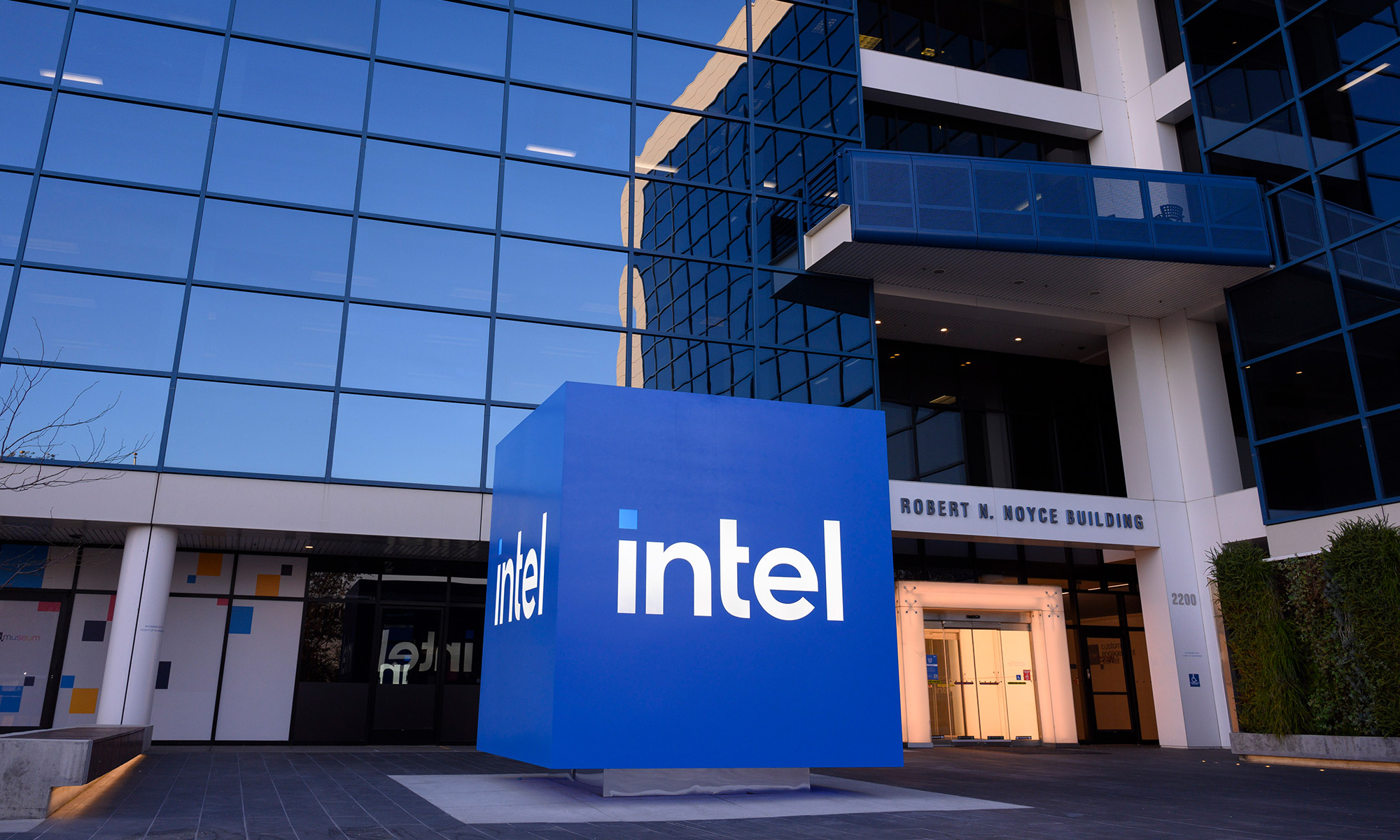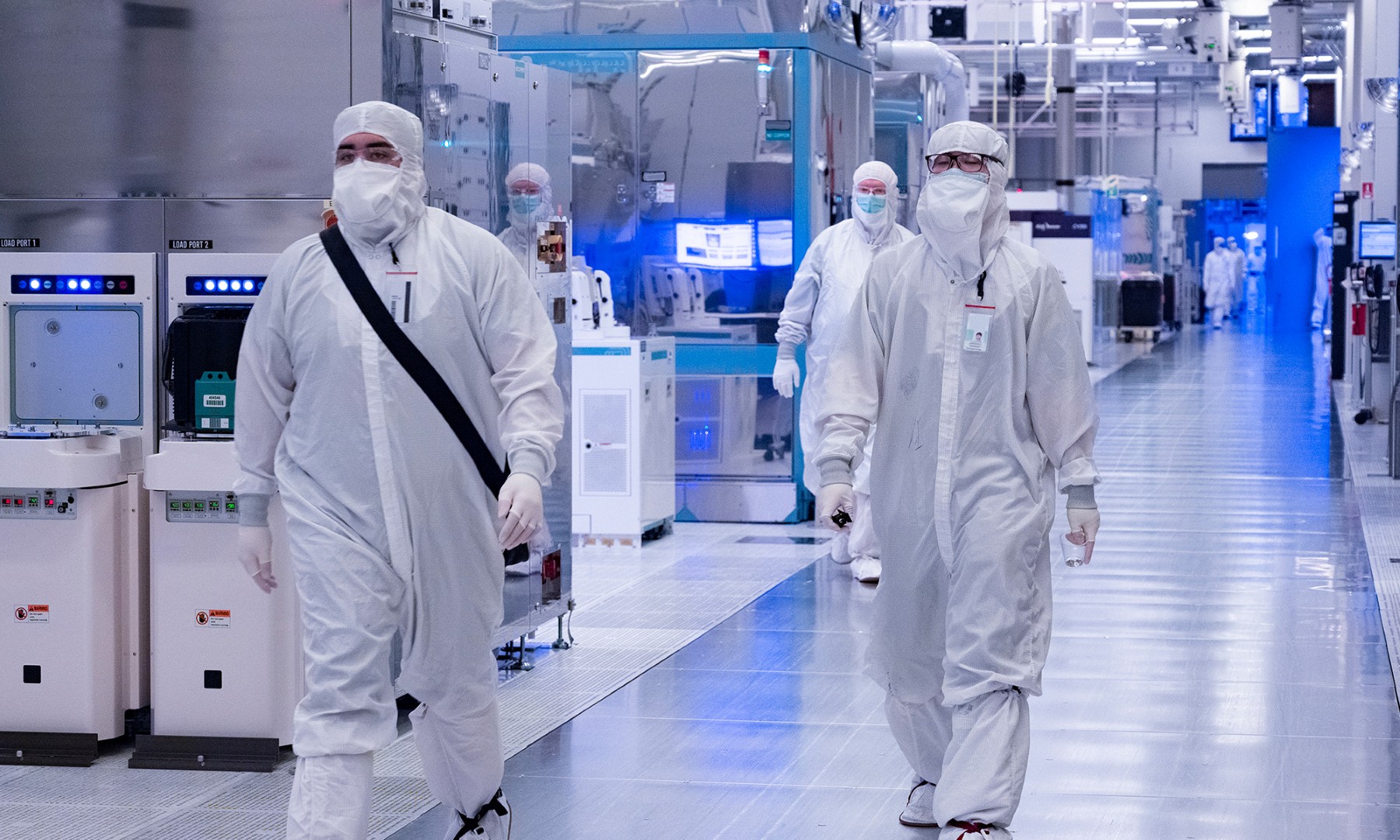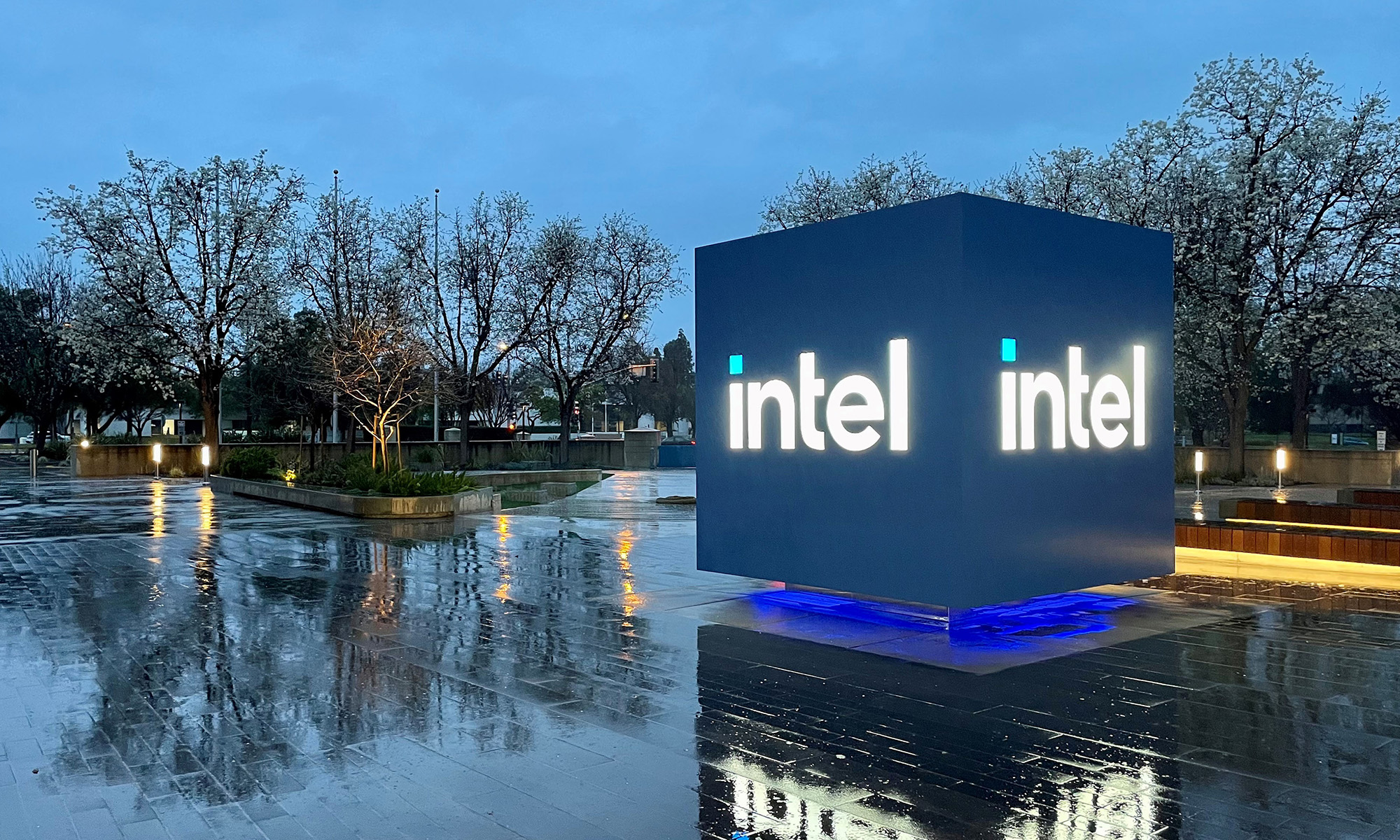Intel (INTC +11.67%) is a leading Integrated Device Manufacturer (IDM) and operates in the semiconductor industry. The company's activities range from the manufacture and design of chips to their distribution in various markets. Intel is the leader in the semiconductor industry with a market share exceeding 15%, followed by manufacturers such as TSMC.
The company predominantly generates its revenue from the personal computers segment. It has an approximately 84% share in the PC market and generated around 63% of its revenue from this segment. As we know that the PC industry is in a constant decline due to the growth of mobile and tablets, Intel's growth prospects will be affected directly unless the company diversifies into high-growth segments.

The graph clearly depicts that Intel's PC revenue is under pressure, and this is going to continue in the future as both IDC and Gartner believe that the PC market will shrink in the coming years.
The decline of the PC industry can hurt Intel severely because of its positioning. The reasons are:
- The company primarily focuses on the PC/laptop market unlike Advanced Micro Devices (AMD +7.69%), which is shifting to custom chips and graphics.
- Intel is not breaking away from the x86 architecture, which is not as suitable as ARM for the mobile industry. It should be noted, however, that the power gap between ARM and x86 is narrowing. Other foundries manufacture both ARM and x86 and will not be affected as much by the decline of the PC industry.
- It is lagging in SoCs with advanced communication technologies such as LTE and, therefore, is not currently in competition with companies like Qualcomm (QCOM +1.49%). Intel's SoFIA SoC with 3G capabilities is expected in late 2014 whereas Qualcomm already offers the best integrated 4G solutions.
Therefore, it seems that Intel will be the most affected company as a result of the declining PC market.
Finding other avenues of growth must be Intel's top priority right now. The company is extending its efforts beyond PC and into cloud and mobile.
Cloud and data
Intel is trying to get exposure to the growth of cloud and big data. It recently invested $740 million in Cloudera, a leading data management company that uses the open source Hadoop cloud platform to provide data storage, management, and analytics services.
According to IDC the big data market is expected to reach $32 billion by 2017. Intel itself projects that the cloud and big data opportunity will be in excess of $50 billion by 2020. Therefore, investing in a leading data management company that has around 900 partners and 300 paying subscription customers seems to be a viable approach to offset the expected PC losses in the coming years.
The success of this development relies heavily on the growth and competitive advantages of Hadoop and the competitive position of Cloudera in a market that includes strong players like IBM. Nonetheless, with this move Intel is exposed to the benefits of cloud and big data and this is a definite positive.
Mobile
The growth in mobile is ongoing and expected to continue in the future. Intel is responding to the rapidly growing and intensely competitive mobile market through its leading edge process technology: 14nm.
14nm is the most advanced process technology to date and Intel is the first company to develop chips based on 14nm. The company has announced that it will roll out its 14nm chip, codenamed Braswell, for mobile soon. Intel claims that 14nm delivers significant improvements in performance, power, and cost per transistor.

Source: Intel
The performance and power will surely improve as packing more transistors in a lesser area tends to do that. But the Mckinsey Report disagrees on the cost/transistor claim. It concludes that the cost/transistor flattens below 28nm, and the overall expenditure will increase as a result of increased fabrication, process development, and chip design costs. Therefore, the cost advantage inherent in Moore's law is lost. Intel's 14nm may match the power of ARM but the costs of doing so will render the chips more expensive.
Moreover, performance and power are not the only crucial elements in earning design wins. Offering cost effective solutions with the latest communication technology is also vital. Intel's SoFIA LTE is not expected to be launched until 2015. Offering discrete modems, such as 7260 LTE , will not be a decisive success factor because integrated platforms are more cost effective and are also favored by the OEMs.
Qualcomm offers better SoCs currently in terms of power, cost, and connectivity. Intel's 14nm has not been released and once ARM adopts the 14nm process the power advantage will be lost again. The point is that x86 is intrinsically more power hungry than ARM and Intel must embrace ARM in order to be the true leader of the semiconductor industry.
Bottom line
Intel is currently the leader in the semiconductor industry but the decline of PC can be a threat. It is trying to offset anticipated future losses in the PC business by investing in the cloud and improving process technology to gain traction in the mobile arena. This cloud and big data strategy is likely to pay off in the long run.
On the other hand, the company is facing cost issues with its 14nm technology and competition from ARM. It is also behind in offering SoCs with advanced connectivity. Intel can stay relevant based on its current offerings and roadmap products for mobile but it should embrace ARM in order to dominate the semiconductor industry.







